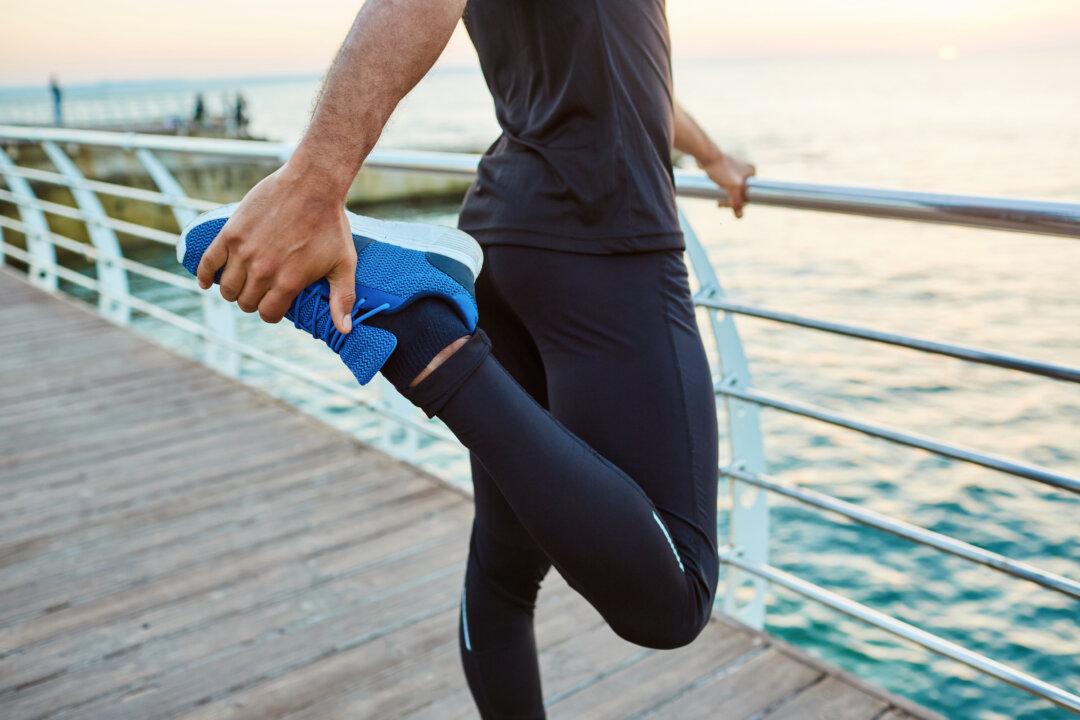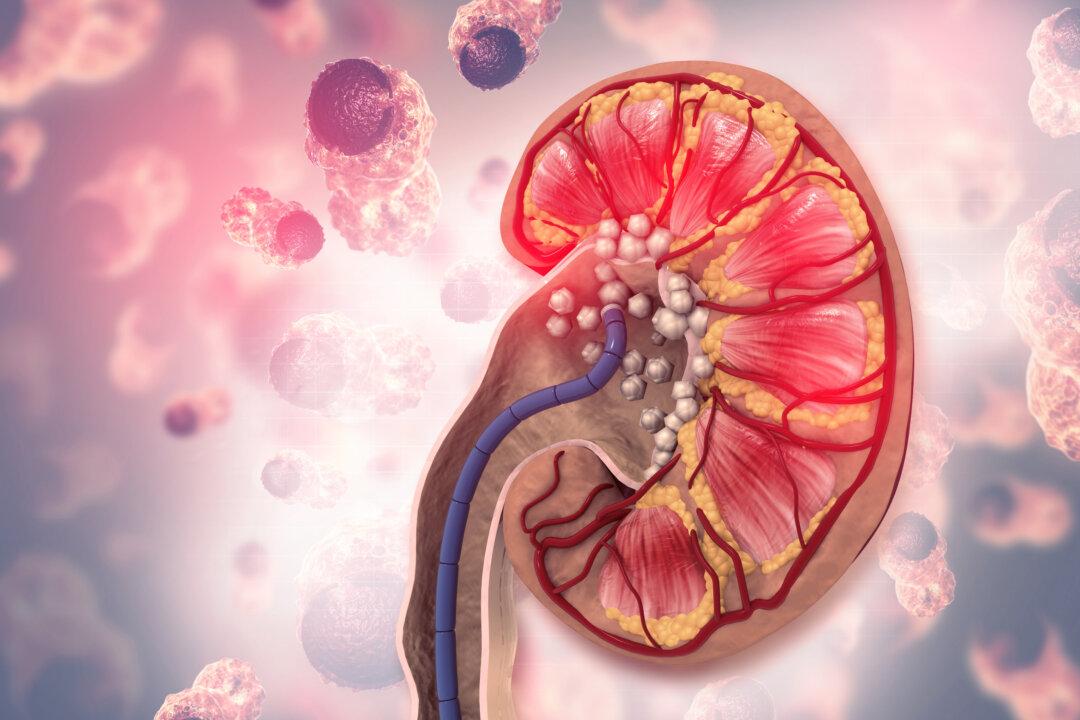Sedentary behavior may impact people’s life expectancy in negative ways. Many studies have found that sedentary behavior increases the incidence of fatal diseases. In addition to reducing sitting time, there are six movements to stretch the stiff body, strengthen muscle strength, and reduce the damage done by sedentary behavior.
Sedentary behavior increases the risk of death, which cannot be completely offset by regular exercises.





